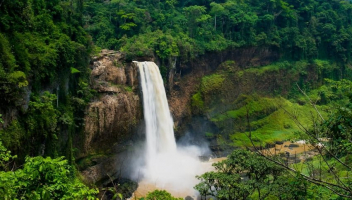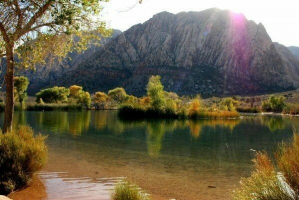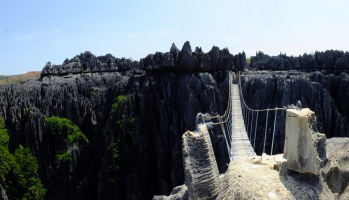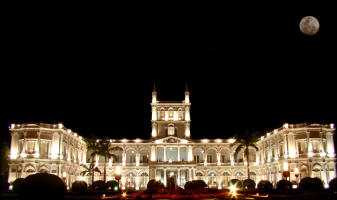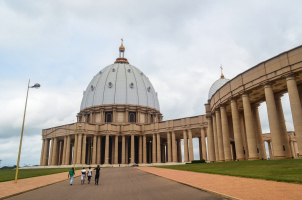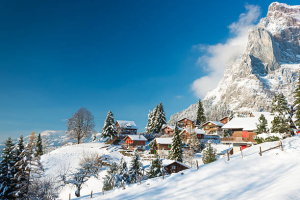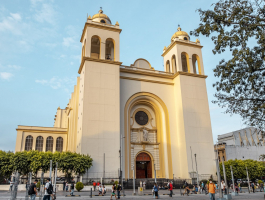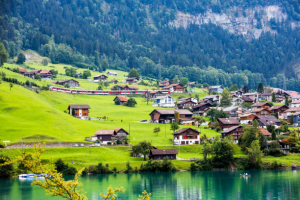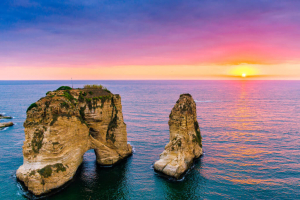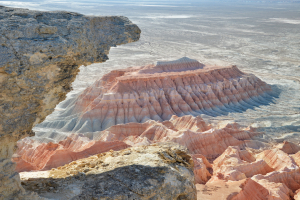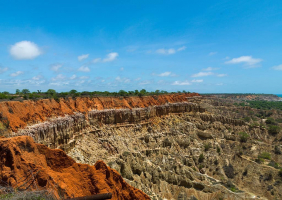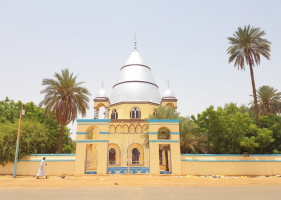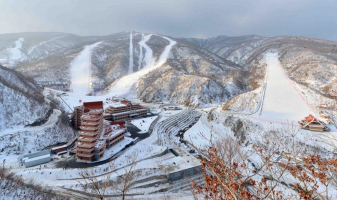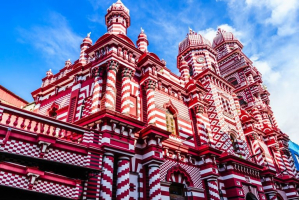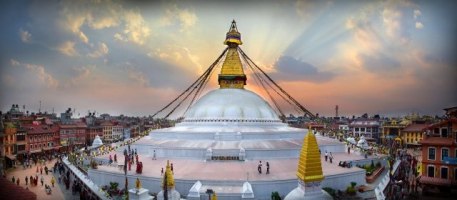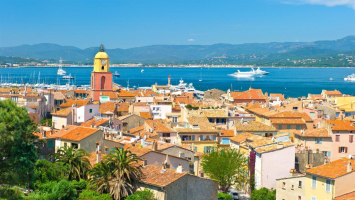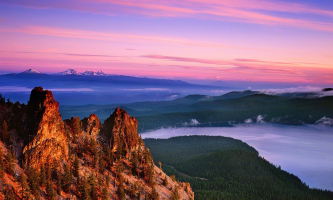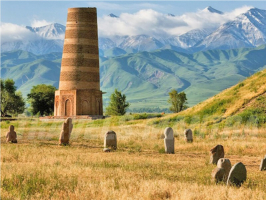Top 8 Best Places to Visit in Libya
Every visitor has a different purpose for visiting a different location or country. While some people travel for pleasure, others travel for business, to ... read more...establish a business channel, or to develop new offices. There is no particular country to which visitors travel. Some people love to travel to Europe and the Americas, while others favor Asia and Africa. Libya is one of the African countries that attracts numerous visitors from all around the world. This post will show you the top 8 iconic spots to visit in Libya.
-
Msallata, which was the site of severe fighting during the 2011 revolution, is the first spot you should visit in Al Jawf. Msallata, on the other hand, was recognized as a key halt on the way to ancient Leptis Magna before the revolution. Al Jawf is the place to go if you want to get a more true Sahara experience. Its little, adobe-styled village, populated with camels, is a fascinating sight to behold.
In Al Jawf, Libya, there are several sites to visit. The village is small, and it is situated among the ochre sands of the Libyan Sahara. There are numerous mudbrick buildings and mosques to visit, but you should arrive before the morning services to take advantage of the area's unique qualities. It is a good idea to store your valuables in pockets inside your pants and to never leave your hotel without your passport. Additionally, you should only exchange money at authorized establishments.
The town is an ideal site to begin your exploration of Libya. This city has a lot to offer in terms of sights and activities. It also has Christmas markets where you may buy handcrafted ornaments, traditional cuisine, and local artwork. A trip to Al Jawf would be incomplete without a visit to the city's famous food markets.
Location: Al Jawf, Kufra district, Libya
Best time to visit:
- mid-April to late May
- late August to late October
Entrance fee: N/A
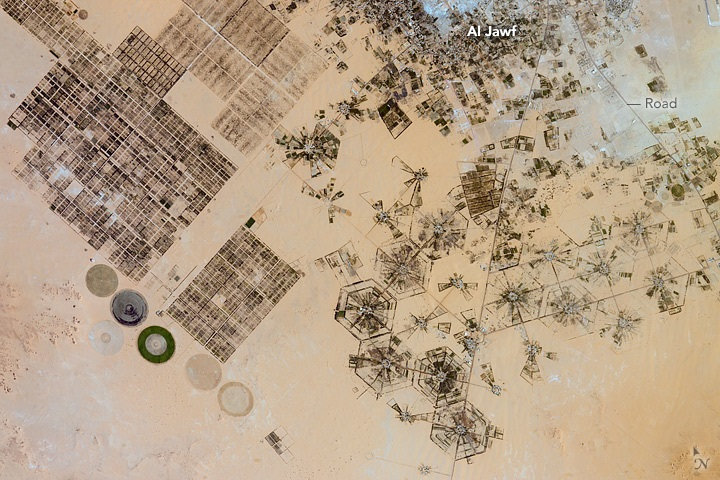
https://earthobservatory.nasa.gov/ 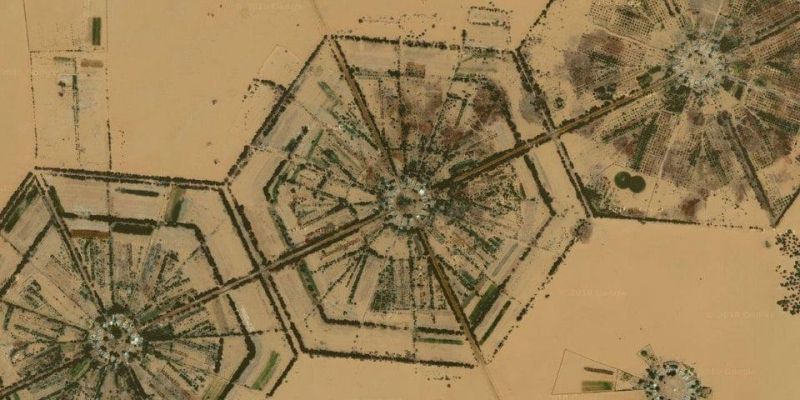
https://www.thecrazytourist.com/ - mid-April to late May
-
Benghazi, Libya's second-largest city, is situated on the Gulf of Sidra in the Mediterranean. As of 2019, the city has a population of 632,937 people, making it Cyrenaica's largest seaport. This post 9/11 terrorist hotspot was a major regional port. A museum devoted to the victims of the terrorist acts in Libya is one of the city's attractions.
The city was created by the Phoenicians in the first millennium BC, and the Romans afterward elevated it to grandeur. The Romans rushed to Benghazi after the Carthage Wars to consolidate their position in North Africa. While most of the ruins have been relocated to museums in London, the collapsing market in Benghazi has remained. The old city's ruins are well worth a visit.
The Leptis Magna remains are a must-see. The Phoenician Greeks founded this city in the first millennium BC. Following the Carthage Wars, the Romans flocked to the city in order to establish a stronghold in North Africa. Some of the ruins have been moved, but others have not. A historic theatre, early Roman basilicas, and a collapsing marketplace may all be found in Leptis Magna.
Location: Benghazi
Best time to visit: June, February and July
Entrance fee: N/A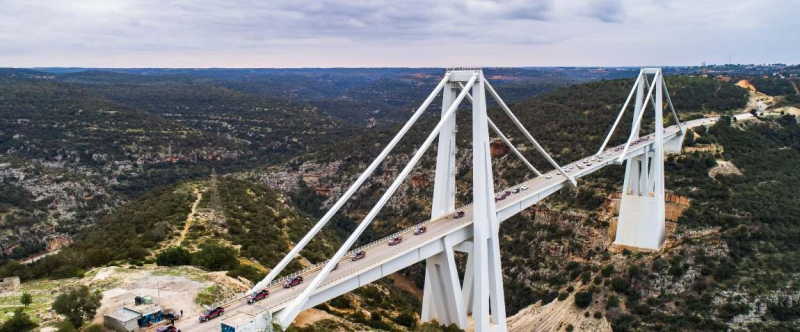
https://pickvisa.com/ 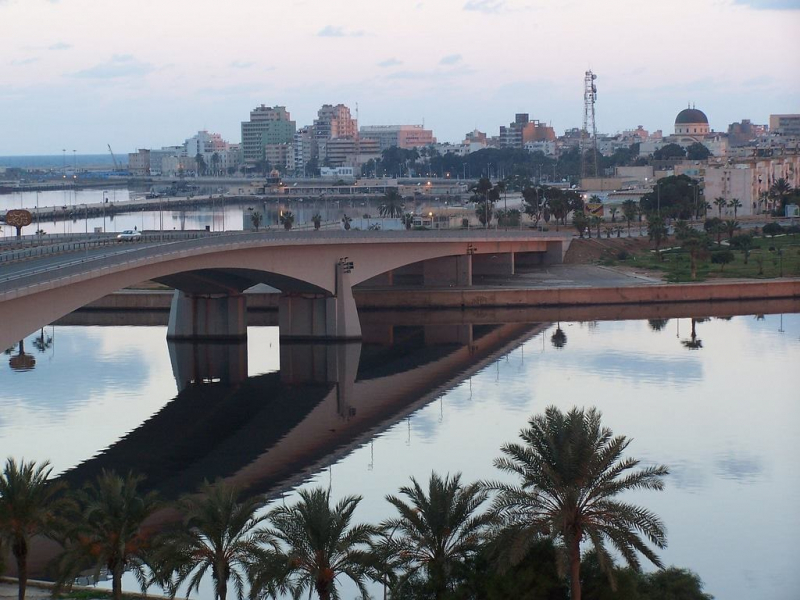
https://www.thecrazytourist.com/ -
In Ghadames, Libya, there are numerous sights to view. This Berber oasis town is found in the Tripolitania region's Nalut District, in the country's northwestern corner. The city is a great place to visit if you want to get away from the hustle and bustle of the city. This article will provide you with a quick overview of the town. You will want to make sure you select a hotel that meets your budget and vacation style once you arrive.
Ghadames' Old Town is a UNESCO World Heritage Site for desert architecture and urban settlement. It is located between the Great Erg sand sea and the Al Hamada el-Hamra stone plateau in the pre-Saharan region. The old town is bordered by palm groves and was built around the Ain al-Faras, a natural spring.
Many historical landmarks may be found in the city. In this city, you should visit the ancient ruins. The Mjezzem Lake is a great place to come if you want to see some of the Sahara's most gorgeous scenery. You should also go to the sandbanks of the Sahara desert to see the sunset and a breathtaking view of the mountains. Make sure you get some rest and a cup of coffee or tea while you are in Ghadames.
Location: Ghadames, Nalut District, Tripolitania region, Northwestern Libya
Best time to visit:- mid-April to late May
- late August to late October
Entrance fee: N/A
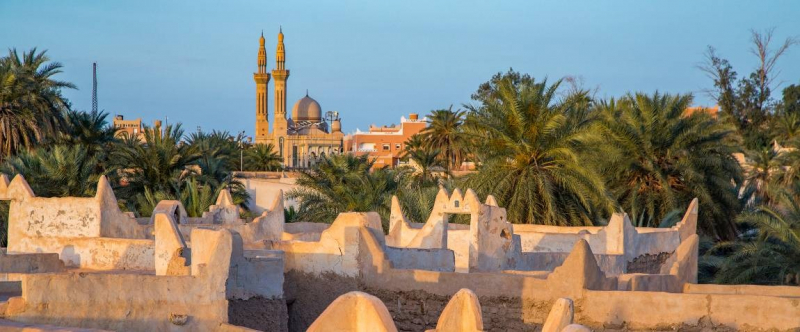
https://pickvisa.com/ 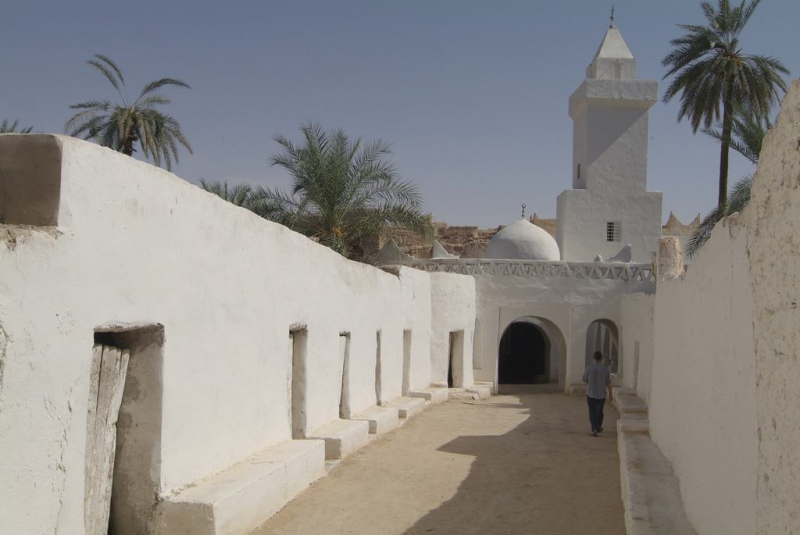
https://www.thecrazytourist.com/ -
The archaeological site of Leptis Magna is located in northern Libya. The Sahara Desert and the Mediterranean coast are both bordered by the Al Khums area. Leptis Magna has a more temperate environment than the rest of the country, unlike the rest of the country. Summers can be scorching hot, and winters can be mild with little precipitation. For those considering a visit to Leptis, the city provides a variety of activities.
Leptis Magna's remains are 130 kilometers east of Tripoli. These are some of the Mediterranean's best-preserved Roman sites. Leptis, which was founded in the second part of the seventh century BC, was a significant city that withstood Dorieus' effort to establish a Greek colony in the area in 515 BC. During the Punic Wars, Rome conquered the city, and it later fell under Roman rule.
Leptis Magna's ruins are quite safe to visit. Despite being protected by UNESCO, the region is prone to civil violence. While the ruins are a great location for storing military vehicles and weaponry, they are bordered by dangerous territory. Because the ruins are located in the middle of the Sahara, it is critical to maintain a safe distance from them. However, if you have the time, Leptis Magna is a fantastic place to visit on your next holiday.
Location: Al Khums, Libya
Best time to visit: winter
Entrance fee:- Locals: free
- Foreigners: LYD 6
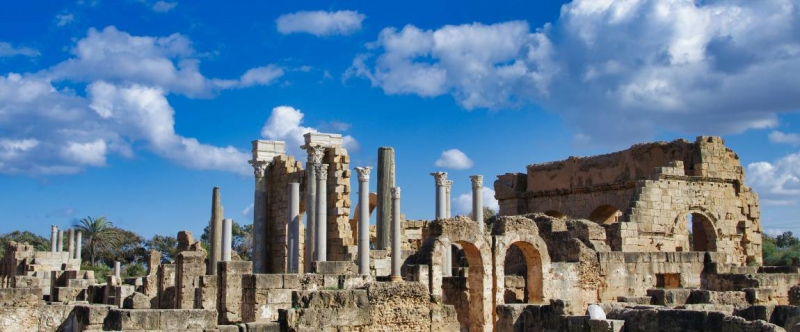
https://pickvisa.com/ 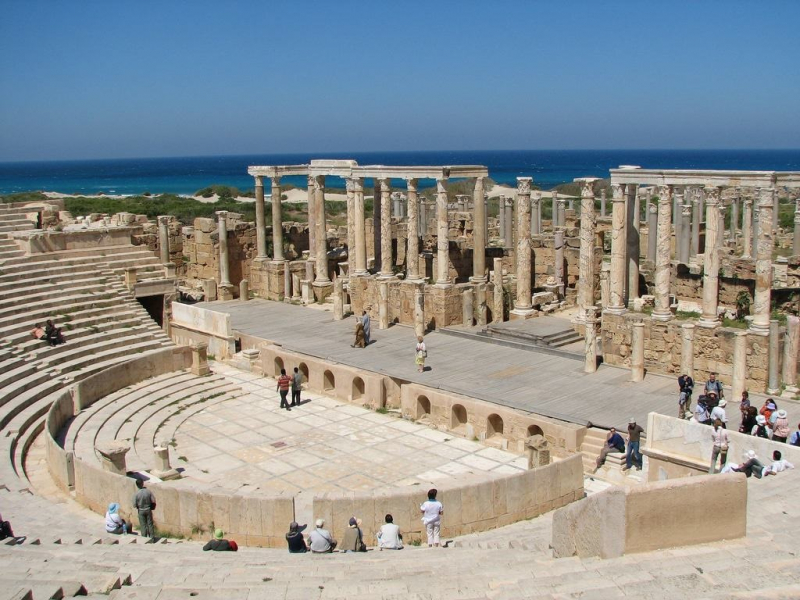
https://www.thecrazytourist.com/ - Locals: free
-
Msallata, Libya's third-largest city, is the place to go if you want to see the best of the country. Several significant locations can be found in this area. Visiting Msallata allows you to see some of the region's most magnificent scenery. Waddan Castle, a historic landmark erected by the Arab monarchs of the Maghreb, is one of Msallata's UNESCO World Heritage Sites. Msallata is notable for its palm groves, markets, and tranquil setting.
Msallata is a small town with a population of about 24,000 people. It is recognized for its olive oil manufacturing and olive tree farming and is a center for Islamic studies. On November 16, 1918, the Tripolian Republic was proclaimed at Msallata. The old district of Tarhuna wa Msallata was named after Msallata. The Acacus Mountains, for example, are a UNESCO World Heritage Site.
With a population of almost 24,000 inhabitants, Msallata is a small town in northern Libya. It was once the epicenter of Islamic education, and it is today known for its olive oil production and tree growing. Msallata also hosted the declaration of the Tripolian Republic in 1918. Msallata was the first Arab republic, and the former district of Tarhuna wa Msalata was named after it.
Location: Msallata, Libya
Best time to visit: N/A
Entrance fee: N/A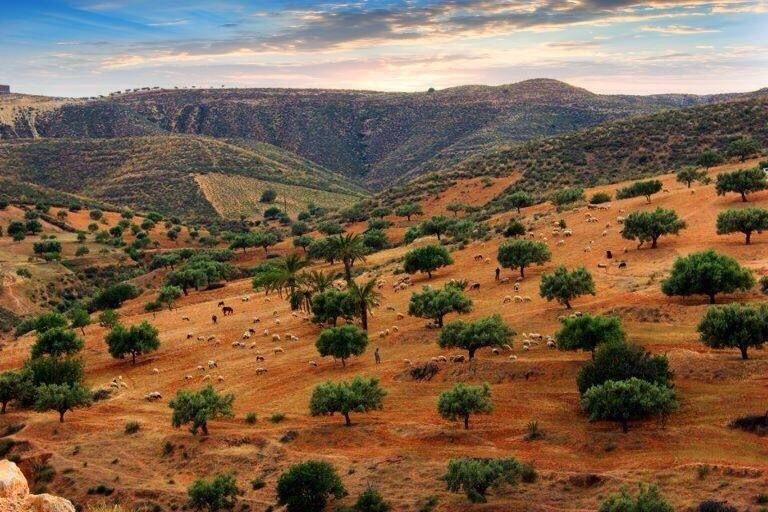
pinterest.es/pin/131730357835995031/ 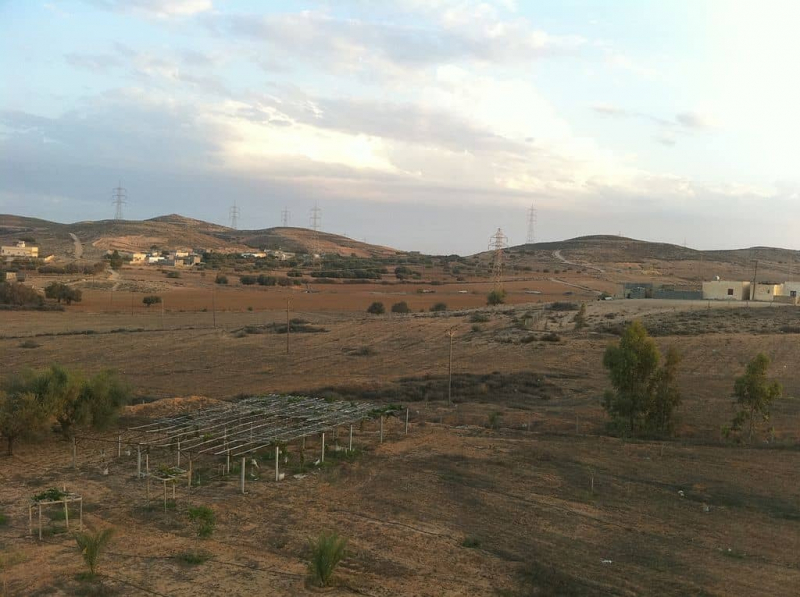
https://www.thecrazytourist.com/ -
Sabratha, an ancient Greek city, is located on the Mediterranean Sea coast of Libya. It was the third city constructed by the Phoenicians and one of the three cities of ancient Tripolis. It was a thriving Roman town by the third century AD. A large amphitheater, three glorious temples, an old Christian church from Justinian's reign, and Roman baths are among the city's remarkable architecture today. This is another UNESCO World Heritage Site.
The historic city of Sabratha is one of the many interesting attractions to visit in Sabratha, Libya. The ancient Red Fort, which is a must-see, was built with the assistance of UNESCO. It houses one of the Mediterranean's best collections of classical art. With 47 wonderfully designed galleries, it also provides an in-depth look into Libya's past. If you have time, go to the neighboring Leptis Magna village, which is a medieval town east of Tripoli with great ancient sites. Leptis Magna, a harbor founded in the first millennium BC, is home to numerous beautiful ancient sites. The Severan Arch, which was built in honor of the Roman Emperor Septimus Severus, as well as the Hadrianic Baths, Basilica, and Amphitheater, are among them.
Location: Sabratha, Libya
Best time to visit: May, June, October
Entrance fee: N/A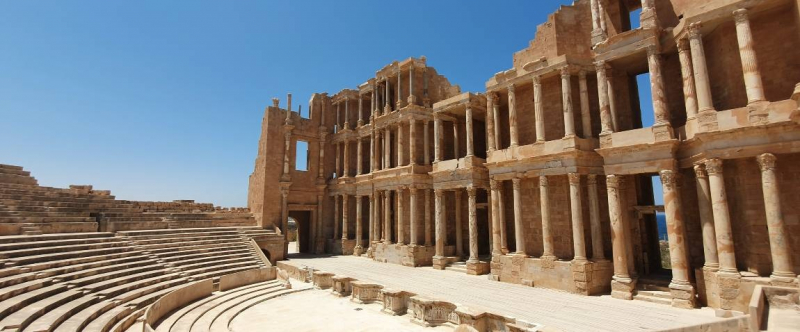
https://pickvisa.com/ 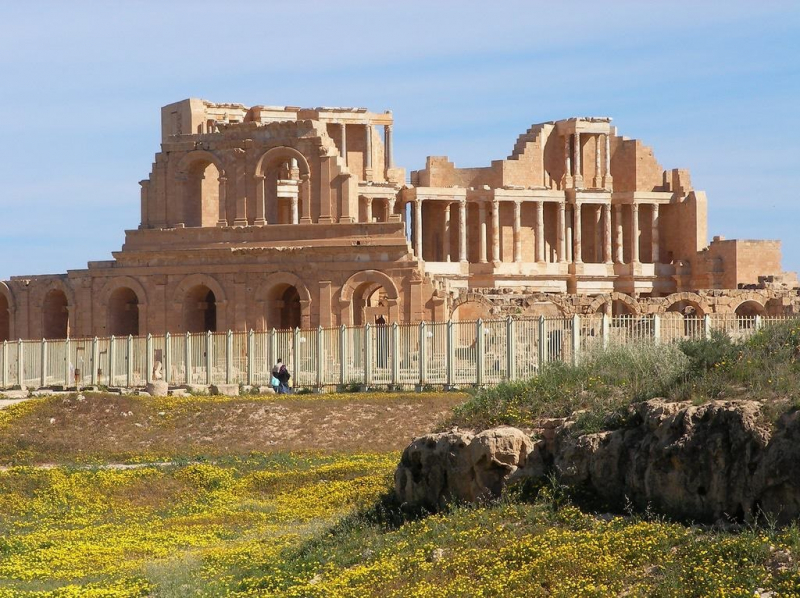
https://www.thecrazytourist.com/ -
Tobruk Libya has several attractions to see, including a UNESCO World Heritage Site. It lies a short distance from Algeria in the northern Sahara. The palm-peppered avenues, shady terraces, and historic sites of this town are well-known. It was originally an important commercial center on the caravan route between the Sahara and the Sahel. With multiple foreign and domestic planes flying into the area every day, the city has been converted into a cosmopolitan center.
Tobruk, an ancient Greek city, was originally a Roman fortification guarding the Cyrenaica border. The city was then used as a caravan route along the coast and as an Italian military outpost. Tobruk is an oasis surrounded by desert, and nomadic herdsmen call it home. The escarpments of Tobruk are located in eastern Libya, with high sides to the south and low sides to the north. These escarpments form a formidable physical barrier separating Libya's north and south.
Tobruk has a variety of sights to see. Tobruk, which was restored in the 1960s, was the previous capital of Libyan King Idris. Tobruk has a port terminal connected to the Sarir oil field 320 miles to the south, in addition to its ancient landmarks. The British facility in the city was decommissioned in the 1970s, and the city is littered with German, French, and Italian war graves. El Tag, a holy location of historical and religious significance, is another major tourist attraction in Tobruk.
Location: Tobruk, Libya
Best time to visit: March to November
Entrance fee: N/A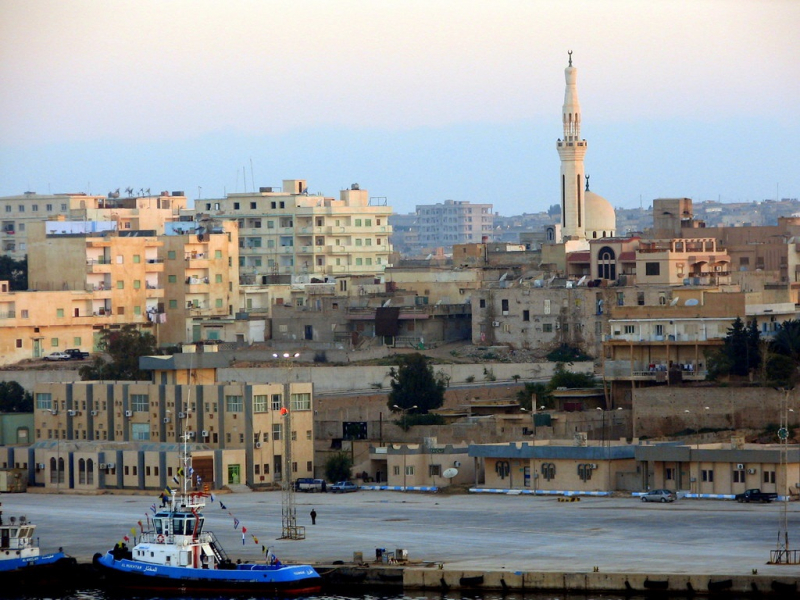
https://www.flickr.com/ 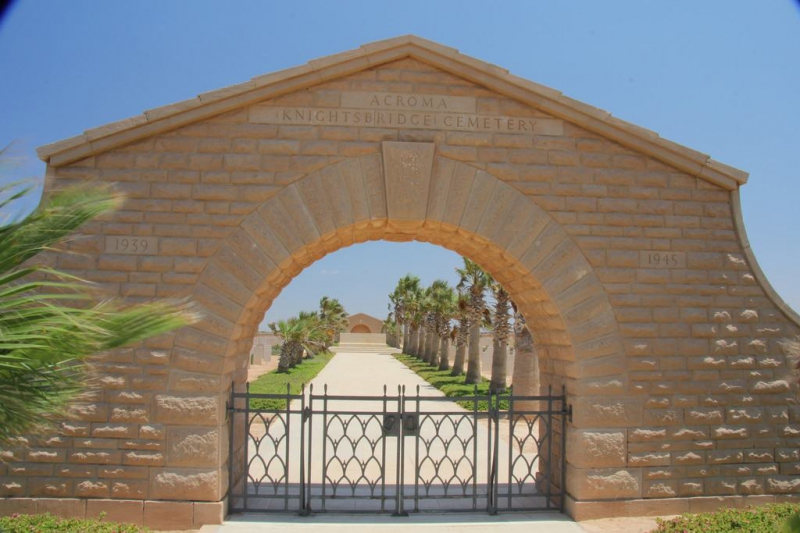
https://www.thecrazytourist.com/ -
Visiting the Waddan city requires some planning. The city is quite small in size. The population density is extremely low, and many roads are unpaved. The neighborhood, on the other hand, is steeped in history and offers numerous attractions. To begin with, the Al Waddan Hotel is located in the heart of the city, just a few miles from the Marcus Aurelius Arch.
Because of the high population density, finding the optimum path is tough. To avoid traffic congestion and obstacles, it is a good idea to plan your route ahead of time. You can also stay in hotels and motels, which are the cheapest options. Waddan boasts a variety of eateries and shopping areas in addition to its lodging. If you are a first-time traveler, make your hotel reservations a few days ahead of time.
If you wish to learn about Waddan's Islamic past, arrange your journey around the historic Waddan Castle, which is located right below the El-Bhallil mountains. The ruins of a fortress built by the former kings of the Maghreb can be seen. You can also visit the markets and marketplaces, which add to the bucolic atmosphere of the area.
Location: Waddan, Libya
Best time to visit: N/A
Entrance fee: N/A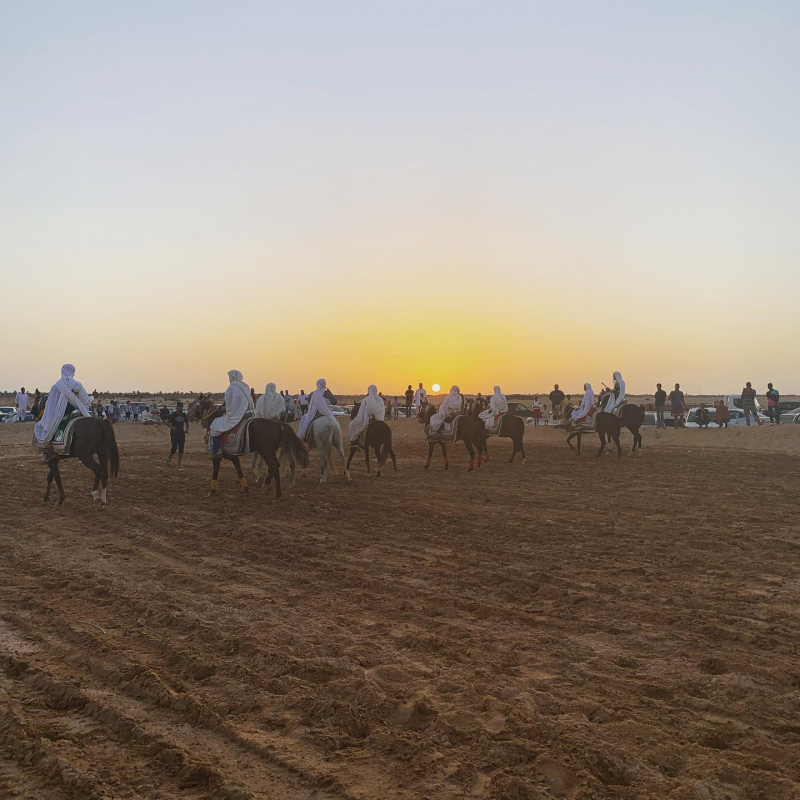
https://www.instagram.com/raouf_ganda/ 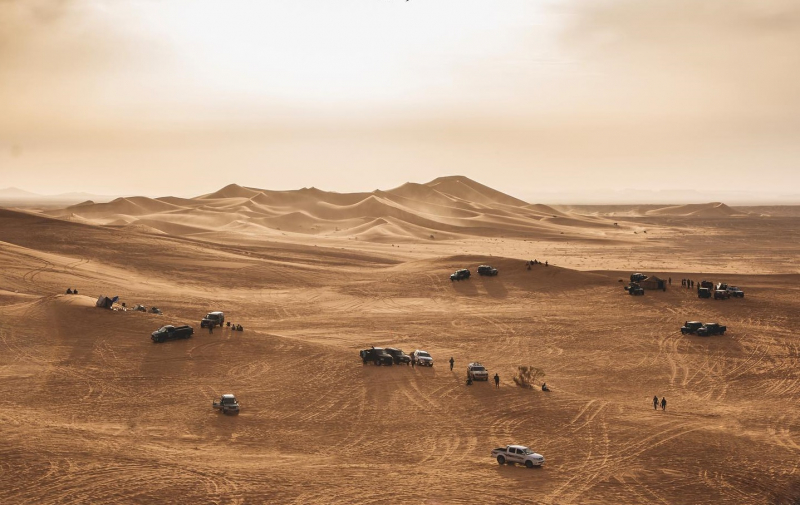
https://www.instagram.com/ferasgutani/










